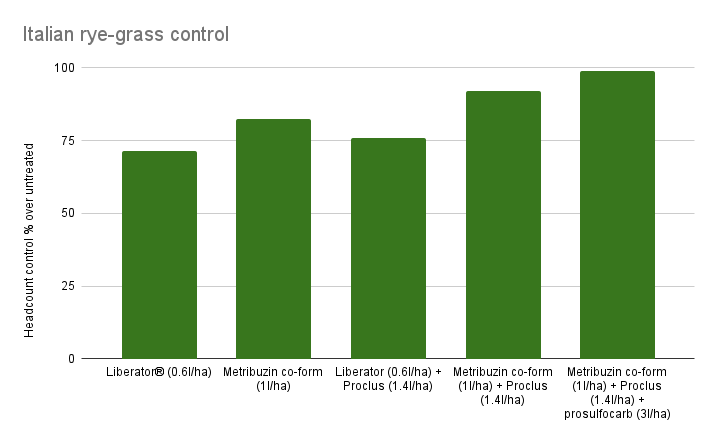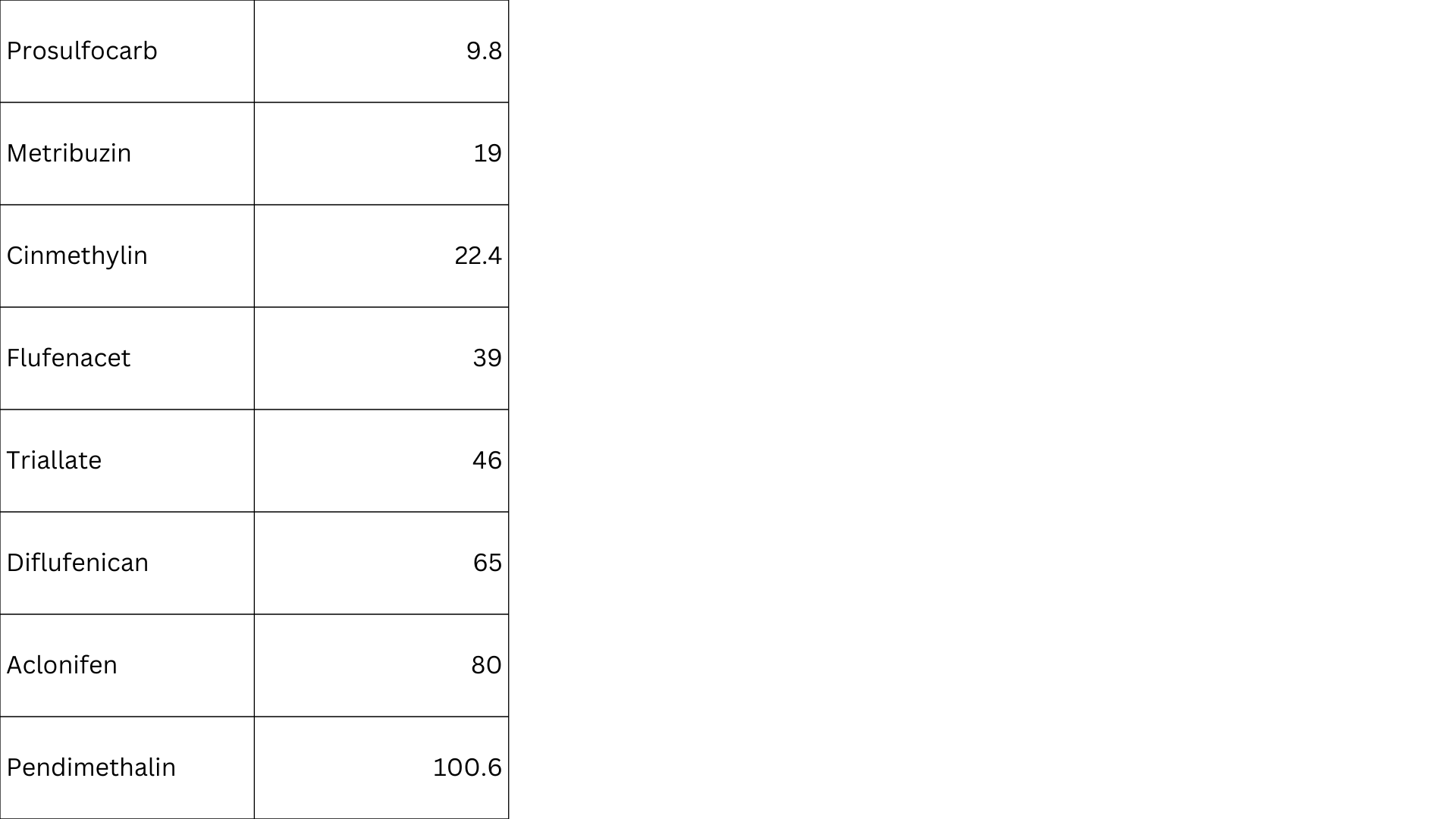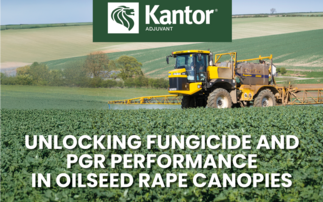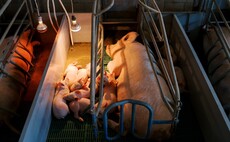
After a long wait following the early harvest, cereal drilling is just around the corner but there is still time to fine-tune the weed control programme according to Bayer agronomist Jamie Oakley. Every farm is unique but there are solid principles that apply to weed control in every situation.
Cultural controls first
Before thinking about the residual herbicide programme, make sure there are sufficient cultural controls in the programme. For winter cereals, that means stale seedbeds, delayed drilling, higher seed rates and rotational ploughing.
All else being equal, the later you drill cereals, the better grass weed control. Mid-October is the key date which is after the peak germination of black grass and other weed species. The risk of later drilling is that serious wet weather causes poor establishment or stops drilling entirely.
"Risk depends on location and soil type, but any delay is helpful in controlling grass weeds. Also remember that residual herbicides work better in moister soils and last longer in cooler conditions. Added to that, a delay also helps with BYDV and septoria control. But I understand why farmers want the peace of mind of drilling the crop while the going is good."
"Whenever you decide to drill, aim to spray off at least one stale seedbed to reduce weed pressure in the crop. With the very dry weather, that means first waiting for rainfall to stimulate a chit, spraying off with Roundup® and then drilling. All of which will take about two weeks."
Stack actives to control problem grass weeds
For effective control of black grass, Italian rye-grass and brome it is important to use a range of herbicides in the programme. Different actives disrupt weeds' biological processes in different ways, increasing the likelihood of successful control.
Remember, some herbicides, like metribuzin and flufenacet - are soil mobile and are taken in by the roots of germinating weeds. Others like Proclus® remain on the soil surface and act on the shoots of weeds as they emerge out the soil. Having a combination of chemistry makes the programme more resilient and able to cope with variations in the weather.
"Against black grass and Italian rye-grass, I recommend a metribuzin co-form like Alternator® Met, Cadou® Met or Octavian® Met plus Proclus at pre-em. It delivers four actives from different HRAC groups with a mixture of root and shoot activity. For very serious infestation, it is a good base to build on with other actives such as prosulfocarb, tri-allate and cinmethylin."

Bayer contracted trials x4 (2022-23) – Pre-em + sequence applied autumn 2022. Average untreated count = 270m2
"The trial results show that a robust sequence based on a metribuzin co-form delivers much better overall control of black grass. For black grass control, we generally advise a tight sequence so apply the follow up 1–2 weeks later to have maximum herbicide levels during peak germination."
"Likewise, Italian rye-grass control benefits from a programme containing a range of actives, but in this case a slightly longer spacing (2–4 weeks) between applications is needed to deal with protracted germination."
Another benefit of including a metribuzin co-form in the programme is broad leaf weed control. Groundsel, burr chervil and cranesbill are three problematic species which metribuzin can deal with.
Whenever using a strong herbicide programme, Jamie reminds farmers to be mindful of crop effects. "Your main protection is drilling consistently to at least 32mm so there is physical separation between the crop and herbicides. Splitting out the programme into a sequence is a sensible precaution with higher risk chemistry applied at the early post-em timing. Light land and heavy rain at the time of application are other risk factors."

Bayer contracted trials x3 (2022-23) – Pre-em applied autumn 2022. Average untreated count = 110m2
Diversity protects long-term efficacy
Besides better weed control, resistance management is another reason to use different actives. Relying on a limited number of herbicides can quickly select for resistance. "We are lucky that there are quite a few actives we can use in out autumn programmes. Use different modes of action in the season and try to rotate actives between seasons if practicable, this should limit the development of resistance."
The importance of longevity
Many weeds continue to germinate throughout autumn. A robust stack applied at the true pre-em. timing is the starting point. Using a herbicide with a longer life-span like Proclus at pre-em. ensures there is some protection later into autumn.
"There are published half-lives for every active, but caution is needed when using these to predict precise duration of residual protection. However, it does provide a useful guide to the relative longevity of different actives."
In the field, soil and weather conditions have a huge effect on the half-life of any herbicide. In general, warm, moist conditions promote degradation whereas dry and cool conditions allow greater persistence. Hence, herbicides applied later in autumn, after delayed drilling for example, have better longevity because of cooler weather.
Half-life of key residual actives

The value of R&D Products
Herbicides can contain the same loading of active substances but achieve different results due to the formulation. Jamie points out that R&D products come with a wealth of experience, knowledge and support to get the best result in the field:
- Dedicated local support to respond to field issues over the phone and in person.
- Countrywide trials and demonstrations which show how products perform in the field year-on-year.
- Formulation expertise based on years of experience. Many herbicides are challenging to formulate into safe, stable and effective formulations that work reliably in the field.
- Comprehensive compatibility testing of tank-mixes provide reassurance when planning the crop protection programme.


























